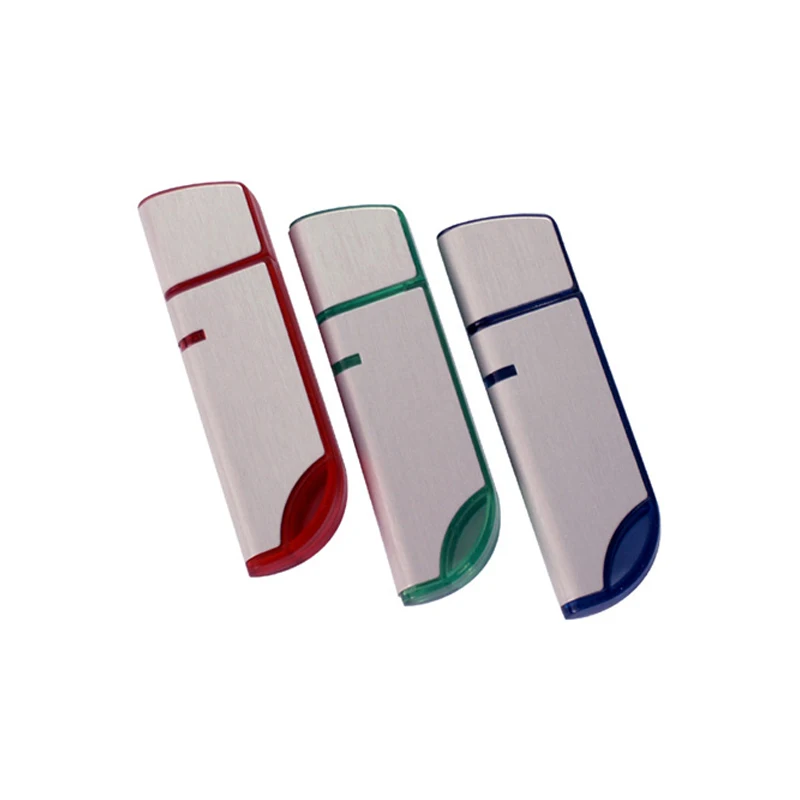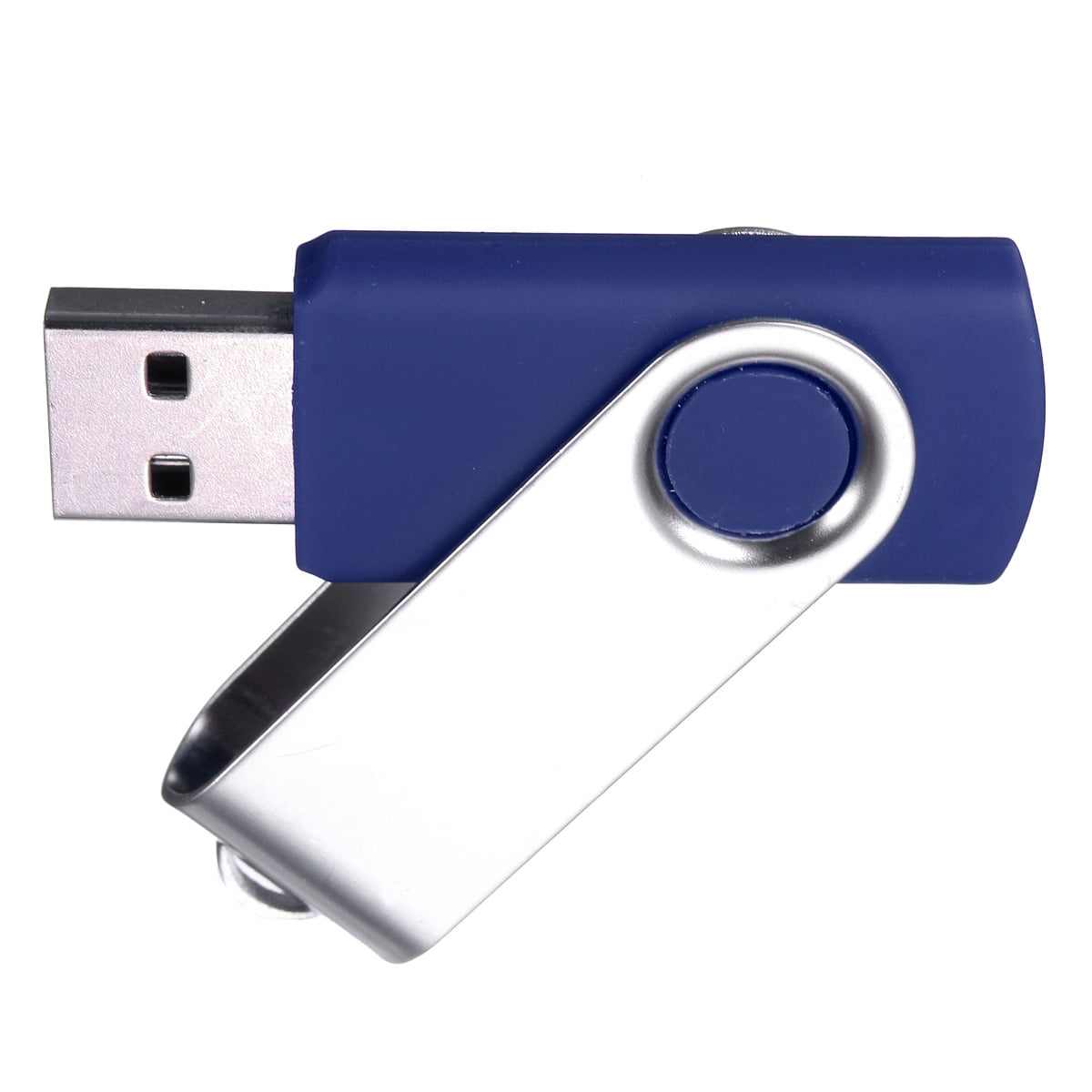

If you don’t need the fastest USB drive around, you can save a bit by opting for a USB 2.0 or USB 3.0 drive but it will take longer to transfer files onto and off of the device. Older generations have lower numbers as well as slower transfer speeds. The number after USB indicates the version of USB that is used by a particular device. However, you’ll also want to check out our Thunderbolt vs. USB-C is newer and has a much smaller, oval-shaped plug that’s reversible. USB-A explainer goes into more detail, USB-A is the older variety with a larger, rectangular connection plug that can only be inserted into a port one way. The first and probably most important you need to know about is USB-A vs. USB types explainedĪs mentioned earlier in this guide, there are a number of different USB types and protocols that you need to be aware of before buying a USB drive. Last but not least, check the warranty on a USB flash drive a lifetime warranty is preferred but 5 years is a decent fallback option. In terms of durability, look for USB drives with shock-proof or waterproof designs and other features that limit the chances of your drive being damaged. Flash drives aren’t the hottest or coolest devices but they come in a variety of shapes and sizes. Most USB-C drives support USB 3.0 by default.Īnother factor to consider is design. You can tell if a USB flash drive supports USB 3.0 or higher if its connector is colored blue. That’s why we look for USB 3.1 support or at least, USB 3.0 support if you care about performance.

The faster the speed, the more data you can write to the drive quickly and access what you’re trying to see. However, if you’re more concerned about getting a cheap memory stick for carrying a few files, you can probably get by with 16GB or 32GB of storage space.Īside from this, you’ll also want to consider other critical features, such as read/write speeds. Most USB flash drives go up to 256GB and a few now have 1TB versions. If you have a large number of files, videos, or songs you want to carry around with you, getting a USB drive with at least 64GB is critical. When buying a USB flash drive, you’ll want to focus on storage first. But to get all that, be ready to shell out: The SanDisk iXpand USB flash drive is on the expensive side. Considering how difficult it can be to transfer data from those devices without Apple's help, that feature alone could be a major selling point for the iXpand. The iXpand flash drive's most important feature is its Lightning connector, which lets you connect to an iPhone or iPad and transfer data to and from that device. It has a metal finish to improve its durability, and thanks to its USB 3.0 connectivity, the device will deliver fast data transfers. The device starts at 32GB of storage, though you can configure the iXpand to have up to 256GB of space. If you're in the market for one of the very best USB drives available, and you're just fine spending some cash to get it, check out the SanDisk iXpand flash drive. Just be aware that you'll pay a bit more for this USB-C drive compared with other options. When the USB flash drive is not in use, you can retract both connectors to limit chances of damage and keep your data away from harm and readily accessible. SanDisk says that the drive achieves data-transfer speeds of up to 150 MBps.

#Memory master 64gb usb flash drive reviews android
The memory stick comes with up to 256GB of storage and accommodates data transfers to and from a range of devices for example, from your computer to an Android smartphone, as well as Apple's latest Macs. Since it has both USB-A and USB-C plugs - there's a slide to expose one or the other - the SanDisk Ultra USB-C offers a nice mix of fast data transfers and future-proofing, so you can be sure it'll work with a variety of devices going forward. This is easily the best USB drive for newer laptops, like the MacBook Air and the MacBook Pro, that have only USB-C ports. SanDisk's Ultra Dual Drive USB-C is a slick-looking flash drive that offers plenty of storage and fast data transfers.


 0 kommentar(er)
0 kommentar(er)
